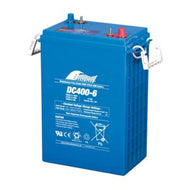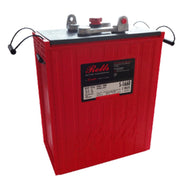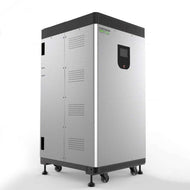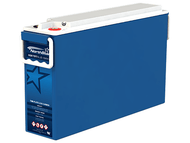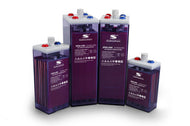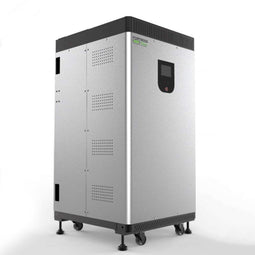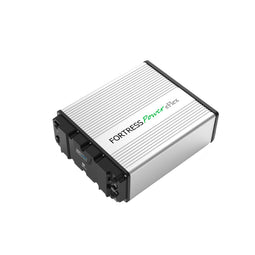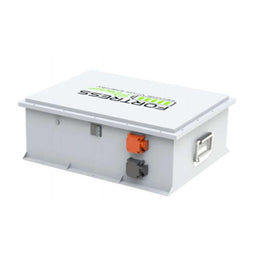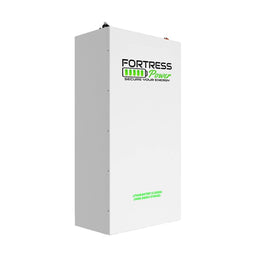About Solar Batteries
Solar Battery is simply a battery charged by solar power panels. There are three types of batteries under this category, Lead Acid, AGM, and Lithium-ion. These batteries have the potential to charge electric appliances of the entire house and with an increase in voltage, it has the power to amplify its load capacity. These batteries come with Battery Management System (BMS) that help in controlling and regulating the battery from overheating and overcharging.
TYPES OF SOLAR BATTERIES
Lead Acid Battery
Lead-Acid Batteries are composed of a Lead-dioxide cathode, a sponge metallic Lead anode, and a Sulphuric acid solution electrolyte. These batteries are the first invention in the world of battery charging. They have an industrial deep-cycle flooded battery along with a dual container. They come with a heavy-duty plate grid. The capacity of a 2V battery is 1284 Ah in 20 hours.
AGM
Also known as Absorption Glass Micro-Fibre (AGM). These are the advanced modern computer-aided design. It is manufactured in a sealed casing. These batteries offer reliable, versatile, and maintenance-free power the thixotropic gel enables these batteries to completely spill-proof with multiple options for installation. The electrolyte will not stratify therefore no equalization charging is required
Lithium-ion
The Lithium Based Batteries are solid-state batteries and are built to provide deep-cycle battery life. This cell technology comes with an exclusive BMS system to support a sustainable way of battery usage. It is highly reliable, lightweight and scalable. It provides power security and seamless integration of renewable energy with the grid or independent of it. They have an in-built on-off switch for safety measures.

 Bifacial
Bifacial Mono Crystalline
Mono Crystalline Poly Crystalline
Poly Crystalline Thin Film
Thin Film Foldable Solar Panel
Foldable Solar Panel Residential On Grid
Residential On Grid Commercial On Grid
Commercial On Grid Solar Storage / Hybrid Inverter
Solar Storage / Hybrid Inverter Solar Battery Inverter
Solar Battery Inverter RV Off Grid Solar Inverter
RV Off Grid Solar Inverter Lithium ion Batteries
Lithium ion Batteries AGM Batteries
AGM Batteries Lead Acid Batteries
Lead Acid Batteries Lithium Batteries
Lithium Batteries Lead Carbon Batteries
Lead Carbon Batteries Deep Cycle Flooded Battery
Deep Cycle Flooded Battery Solar Workstation
Solar Workstation Solar Security Camera
Solar Security Camera Solar Freezer
Solar Freezer Battery Charger
Battery Charger Meters
Meters Distribution Panel
Distribution Panel Battery
Battery Invertor Charger
Invertor Charger Breaker Panel
Breaker Panel
